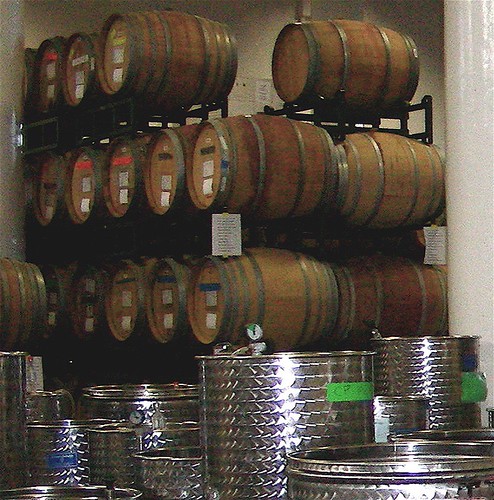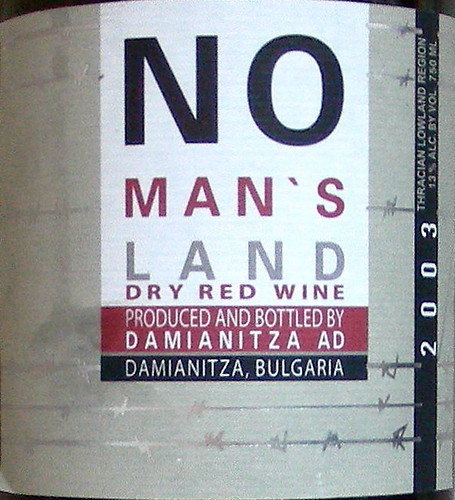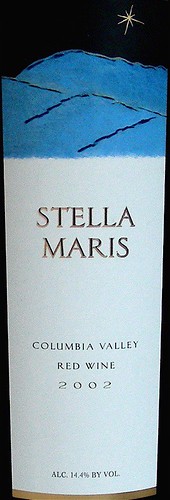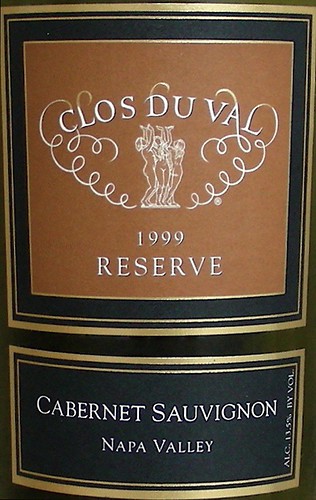 It's been more than six months since our 2006 Crushpad Cabernet Sauvignon Ink Grade Vineyard had been aging in a new Sylvain barrel and it was time to check how the wine had evolved. So last Monday, I had an appointment with our winemaker Kian Tavakoli to taste the wine.
It's been more than six months since our 2006 Crushpad Cabernet Sauvignon Ink Grade Vineyard had been aging in a new Sylvain barrel and it was time to check how the wine had evolved. So last Monday, I had an appointment with our winemaker Kian Tavakoli to taste the wine. Wow! Six months in new oak and the wine had turned into a truly magnificent teen with a deep, inky purple color and an intense nose of blackberry liqueur. The palate was concentrated, woody, and tight with tannins. After five minutes in the glass, the rich dark fruit aromas became more peppery, spicy. Kian was also very pleased with how the wine had aged so far. And then we tried another Ink Grade Cabernet from an adjacent barrel, a wine with a different set of winemaking parameters and that had been punched down. Surprisingly, the wine was very different. The nose was minty, more herbal than fruity. On the palate, the oak seemed less integrated, with a noticeable acidic finish. I am glad to say that so far, ours was the best!
Technorati tags: wine food & drink


